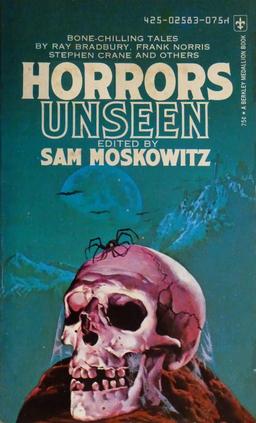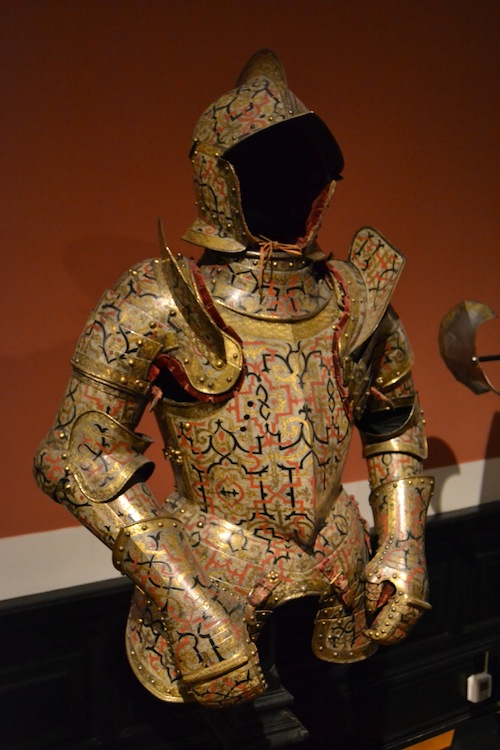The Shock of the Old: The Professor Jameson Space Adventures by Neil R. Jones
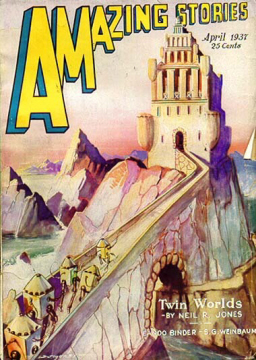 Few things are more exciting than finding an unheralded new author or reading an impressive new book fresh off the press. It is exhilarating to be present at the advent of a significant new work, to witness the beginning of an important writer’s career, or to feel yourself at the cutting edge of a genre. That sense of exploration and discovery is at the very heart of science fiction and fantasy.
Few things are more exciting than finding an unheralded new author or reading an impressive new book fresh off the press. It is exhilarating to be present at the advent of a significant new work, to witness the beginning of an important writer’s career, or to feel yourself at the cutting edge of a genre. That sense of exploration and discovery is at the very heart of science fiction and fantasy.
These genres we love have roots that reach deep into the past, though, some of those roots extending into the cheap pulp magazines of the 20’s and 30’s, venues that at the time — and for long after — were utterly disreputable; anything that had even a whiff of such seamy origins was utterly damned in the eyes of critics.
Today’s top writers have moved far beyond those simple beginnings, and their finest works exhibit a thematic sophistication and literary polish that their progenitors can’t match, even as the best of those pioneers have finally achieved a hard-won respectability (penny-a-word pulpsters like Leigh Brackett and H.P. Lovecraft escaping the lurid confines of Planet Stories and Weird Tales to appear between the staid covers of the Library of America?! It’s about time.)
Writers like Neil Gaiman, China Meiville, and Susanna Clarke are expanding the boundaries of what can be accomplished with what is decreasingly called genre fiction, and for that we should all be grateful. Sometimes though, I must confess that I am compelled to put aside the careful work of the current generation for a while, because I just need a jolt of unadulterated pulp, and nothing else will do. (I don’t know about you, but I wasn’t around for the pulps, much as I wish I had been, so I have to rely on paperbacks, most of which are themselves now as old as I am, or older.)
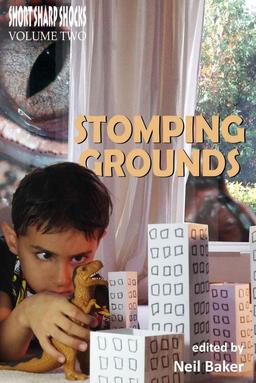
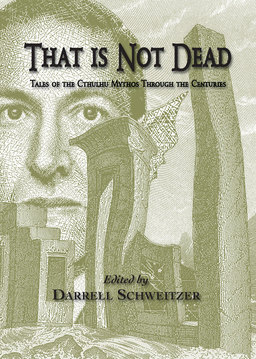
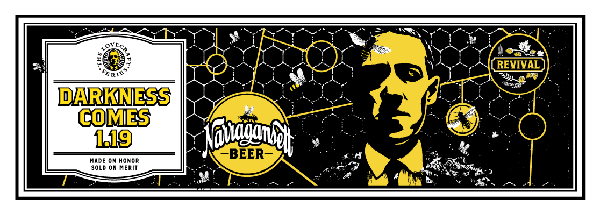

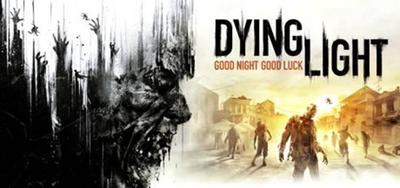

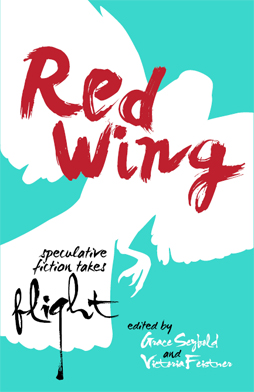 There’s a new anthology out that I want to talk about, partly because of what it is and mostly because I think it’s quite good. But you shouldn’t trust me on this. I’m going to be honest, in that I’m going to write what I think about the book, but what I think may be shaped by my connection to it: my girlfriend, Grace Seybold, is the editor. So.
There’s a new anthology out that I want to talk about, partly because of what it is and mostly because I think it’s quite good. But you shouldn’t trust me on this. I’m going to be honest, in that I’m going to write what I think about the book, but what I think may be shaped by my connection to it: my girlfriend, Grace Seybold, is the editor. So.